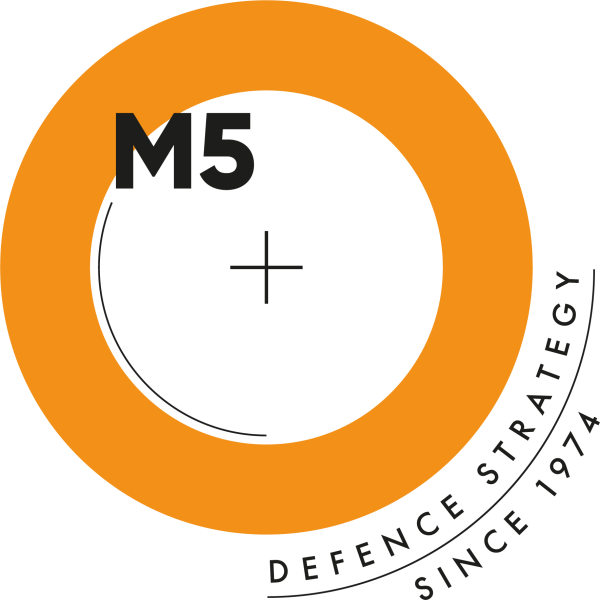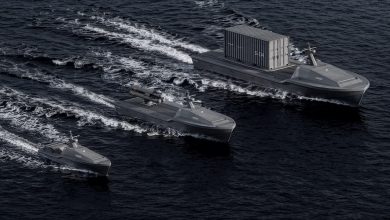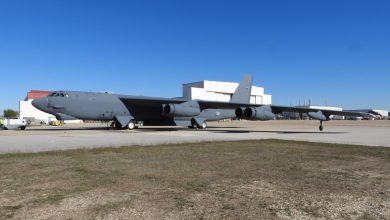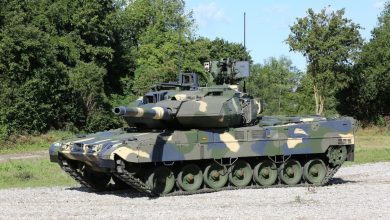China moves away from heavy tank armadas
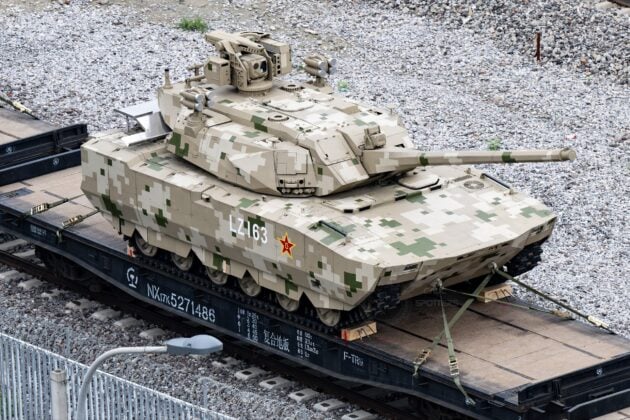
China is moving away from massed formations of heavy tanks in favor of specialized combat vehicles tailored to particular theaters of war.
That shift was highlighted during today’s military parade in Beijing, where the People’s Liberation Army (PLA) unveiled an entire family of new armored systems, including the medium-weight Type 100 tank and several vehicles based on its chassis.
The appearance of the Type 100 and related platforms is being interpreted as clear evidence of a doctrinal pivot. Rather than focusing on large numbers of heavy main battle tanks, Beijing is directing resources toward vehicles that are lighter, more mobile, and better suited to operations in difficult terrain or amphibious landings.
Armored vehicle expert and lead analyst Serhiy Berezutskiy said in an interview that “China no longer needs armadas of main battle tanks, since Russia, once considered its most likely adversary, has faded from the scene. India has now assumed that role, and because the only land border with India is the Ladakh corridor, lighter vehicles that can be rapidly moved along mountain roads are more relevant. Their engines will not choke under the load at high altitude.”
The choice of Ladakh as a likely operational theater underscores the logic of developing lighter armored platforms. At altitudes of more than 4,000 meters, heavy tanks like the Type 99A2 encounter severe limitations in engine performance and maneuverability. In contrast, the new Type 100 medium tank and Type 15 light tank are designed to maintain power and mobility in high-altitude conditions, while still delivering sufficient firepower to counter India’s armor in the Himalayas.
“Another role of these tanks is a potential second-wave landing on Taiwan. They are much more suitable for deployment from ships,” he explained.
This view links Beijing’s armored modernization directly to its Taiwan strategy. While heavy tanks remain difficult to transport and land across the Taiwan Strait, medium-weight vehicles can be loaded onto landing craft, deployed rapidly on beaches, and used to secure positions inland. For the PLA, the ability to transport tanks that combine firepower with mobility is critical for sustaining momentum in any amphibious campaign.
Berezutskiy noted that he had referred to earlier Chinese tank designs as “mountain tanks” because of their suitability for extreme terrain. “Years ago, based on these considerations, I called the Type 99A2 VT-2 a ‘mountain tank,’ and for a time this label caught on in Russian-language military literature. What we see in today’s parade proves that this trend has not only continued but has been further developed.”

The evolution of China’s armored forces reflects its changing view of Russia. For decades, Beijing prepared its tank divisions for possible large-scale campaigns across the open steppes of Mongolia or into Siberia. That concept, Berezutskiy argued, is now outdated.
“The previous tank fleet was designed primarily for battles in the steppes of Mongolia and breakthroughs in Siberia. Today, Russia has become a vassal critically dependent on China. If Beijing wanted to reclaim the territories that Russia seized in the 17th to 19th centuries, it could do so simply by providing Moscow with a massive loan for war—one that Russia would be unable to repay. In that case, repayment would come in the form of territory. This scheme has its risks, but they are far smaller than conducting a full-scale armored campaign.”
In Berezutskiy’s view, China no longer needs heavy armored formations for potential conflict with Russia. Instead, Beijing can apply political and economic leverage to achieve its aims in Siberia and Central Asia, while prioritizing military resources for more pressing threats like India and Taiwan.
China’s pivot away from heavy tank armadas and toward specialized combat vehicles highlights its effort to adapt to evolving threats and environments. The Type 100 medium tank and its derivatives, as presented in Beijing, are not simply new models but symbols of a doctrinal change.
By aligning its ground forces with strategic priorities in Ladakh and Taiwan, and by reshaping its air force along similar lines, Beijing is signaling that it values quality, adaptability, and mission-specific design over traditional concepts of massed firepower.
For defense observers, the parade served as a rare opportunity to glimpse the PLA’s future direction. The emphasis on the Type 100 suggests that China intends to redefine its armored forces around mobility and specialized applications rather than overwhelming numbers of heavy vehicles.
